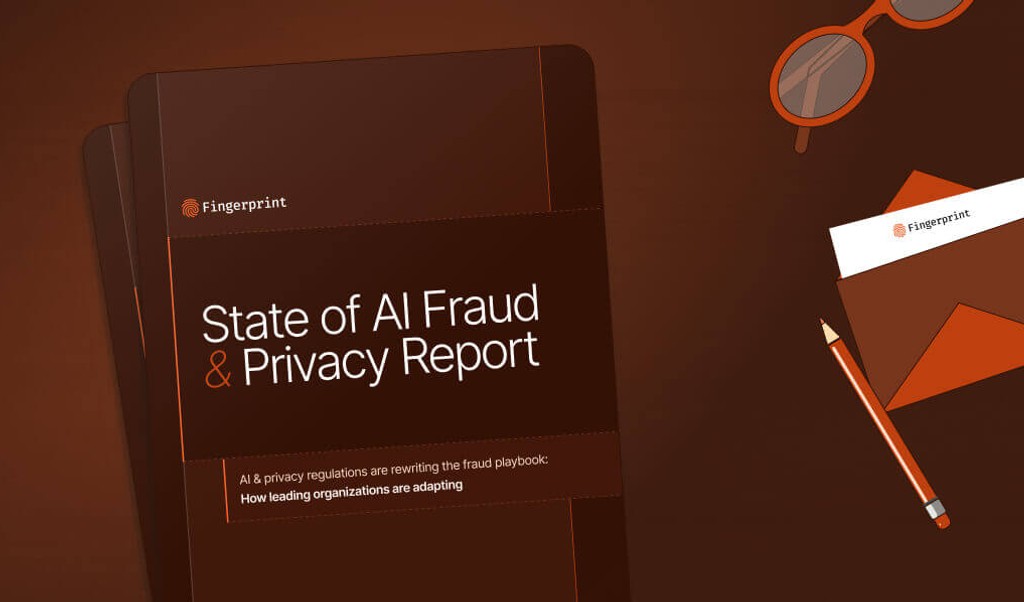
Summarize this article with
Narendra Modi, the Prime Minister of India, is optimistic about his country's future. Rapid growth, favorable demographics that include a higher proportion of younger people compared to other large countries, and an emerging tech industry have placed the India in a “sweet spot,” he recently said at a conference on India’s economy.
India's annual GDP growth has been above 7%, ahead of China and the U.S. Even if it slows down, India does not risk losing the title of the fastest-growing large economy in the world. And in 2025, it could overtake Japan to become the second-largest economy in Asia and the fourth-largest in the world, only behind the U.S., China, and Germany.
One of the successful projects underpinning this growth has been the Unified Payments Interface (UPI), launched in 2016. The UPI has experienced a wide adoption across the country and has become the most-used network for electronic payments. It links individuals to bank accounts and allows an almost instantaneous payment experience. Unlike Alipay in China, this national payment platform is open, with apps like PhonePe or Google Pay allowing free account-to-account money transfers without locking users into a single company. The success of UPI is drawing attention from around the world, with executives like Google's Sundar Pichai commending its accomplishments.
The possibility of UPI was created when a 2014 government project called “Jan Dhan Yojana” gave nearly all households access to foundational financial services, such as bank accounts, credit, insurance, and pensions.
In 2016, a surprise demonetization of ₹500 and ₹1,000 banknotes spurred the initial adoption of UPI. Four years later, sustained growth was bolstered by the reluctance to handle cash during the pandemic.
In 2022, UPI processed more than $1 trillion in transactions, a third of India’s GDP. According to a PwC report UPI will account for 90% of all digital payments in India by 2027.
In 2022, there were 74 billion transactions completed using UPI, with an average amount of ₹1000 (equivalent to USD $13). Most of the transaction volume comes from everyday payments for groceries and services, but more people are starting to use UPI for larger purchases and personal money transfers.
The Reserve Bank of India (RBI) runs the UPI platform. It mandates zero fees and even provides subsidies to business participants that are willing to accept the payments on the platform. It also spends significant resources promoting UPI. As a result, UPI is a dominant payment platform in India, despite Visa and Mastercard dominating the rich world.
The democratized access to this payment platform allows it to reach more people, including those who have not participated in traditional finance before. As of 2023, more than 350 million Indian consumers are UPI users. UPI also helps incite competition among banks and fintechs, improving payment service quality. Both smartphones and feature phones are supported, and users can make payments by scanning a QR code or sending a text message. Jio, the largest Indian mobile network, offers cheap $12 “JioBharat” phones that support music streaming and UPI payments, must-haves for connected consumers.
RBI wants UPI’s reach grow even further. It promotes UPI to other governments and is working on making the system an exportable product. It’s a goal of RBI to make UPI a global payment platform, similar to China’s Alipay, which is widely accepted in many countries outside China. Singapore started to support UPI it in its PayNow system, allowing cross-country transfers with a low 3% fee. However, more reach and international visibility also means more risk because cross-border payments are a target for account takeovers and are more prone to cyber attacks that can cause data breaches. It is not clear if the Indian government will provide enough support in exporting the payment system.
UPI relies on a national digital identity system called “Aadhaar,” using Aadhaar e-KYC for identity verification and Aadhaar OTP to confirm each transaction. It also requires consumers to use the phone number linked to their bank account and a UPI PIN to confirm their identity. This makes UPI transactions strongly linked to a device and a phone number, providing improved authenticity guarantees.
However, because of the massive scale of UPI, it is not without its challenges. Because this platform is run by the Indian state and has no fees, there are downsides. For example, bankers and fintech startups don’t invest in consumer protections like dispute resolution support, citing the lack of revenue opportunities of UPI. As a result, fintechs use UPI as a way to acquire and onboard customers with an intention to add paid services later. (Note: The former RBI governor’s opinion is that it is better to charge for UPI and invest some of that money into tech maintenance, fraud protections, and dispute resolution.)
A 2022 banking survey, conducted by Indian economist Renuka Sane and her colleagues, shows that 18% of UPI users experienced grievances with the platform, including fraud or incorrect payment recipients. Only 30% of those issues were resolved. This caused consumers to be wary of spending more per transaction and instead rely on traditional payment mechanisms for larger purchases. Consumers will use UPI to pay for a coffee, but not for an iPhone.
While it’s hard for bad actors to defraud UPI users, first-party fraud and honest mistakes are common. The amounts are typically small and don’t get reported as cybercrimes. As a result, most UPI transactions go unnoticed in the national registry of payment crimes, where larger amounts paid with credit or debit cards are more common.
India has earned the right to be proud of the UPI as this technology is an international success which many growing economies are looking to replicate. Improving the revenue options for participating banks and fintechs to improve the fraud prevention to gain more consumer trust is what it needs next.



